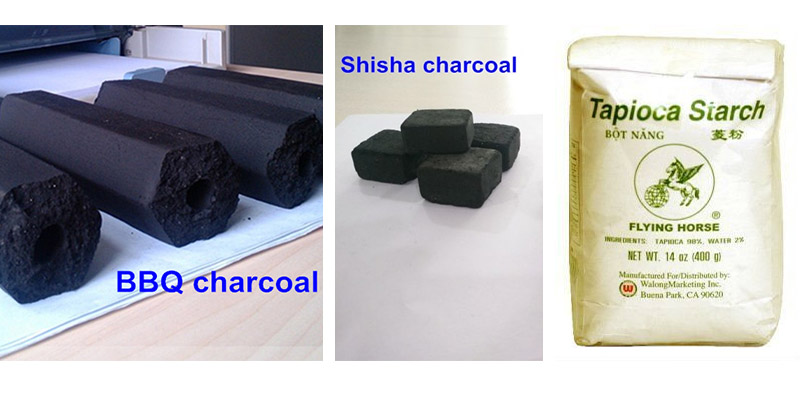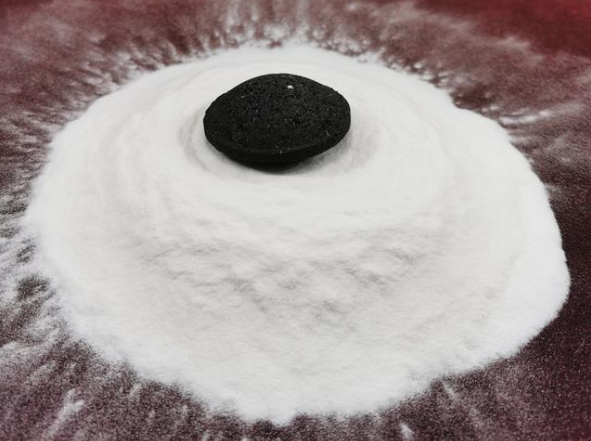


How to choose charcoal lumps binder
When exploring the topic of how to choose a binder for charcoal lumps, we must first understand a basic fact: charcoal powder itself is not plastic and cannot be formed without a binder.
Therefore, when we set out to press charcoal powder into practical charcoal lumps, it is particularly important to find the right binder.
There are two main factors to consider when choosing a binder: its bonding properties and its price.
Starch has proven to be the preferred binder for making charcoal lumps because it is not only 100% natural and harmless, but also can effectively complete the bonding work.
Although there are many types of starch available on the market, the most suitable binder for charcoal lumps is cassava starch.
Why? Because it is quite cheap in most countries, such as South America, Asia and Africa, and the cassava tuber has a high starch content and high quality.
Using cassava starch can ensure that the charcoal powder is tightly bonded together to form a solid charcoal lumps.

The best cassava starch for charcoal lumps
Of course, there are other starches besides tapioca that can be used as binders.
For example, corn starch, wheat starch, and potato starch also show good bonding properties.
These naturally derived starches are both environmentally friendly and efficient, making them perfect choices for producers who are pursuing sustainable development.
However, if you are interested in chemical materials and want to try some unconventional routes, there are also chemical binders available on the market.
These chemical materials often have special properties that can perform excellently under specific production conditions.
However, when choosing such materials, it is important to consider safety and environmental impact and ensure that the entire process meets relevant health and safety standards.
Choosing a binder for charcoal briquettes is not a casual matter.
You need to carefully weigh the relationship between bonding performance and cost, while also considering the environmental impact of production and use.
Whether you choose natural tapioca starch, other types of starch, or turn to chemical binders, the key is to find a balance that can meet production needs while protecting the environment.
This way you can create a charcoal briquette that is both practical and sustainable.
CONTACT US
+8613673361755/+8613633713237
Shenglongjinzhonghuan Building, Zhongyuan District Zhengzhou City, Henan Province, China.